“touching sensitivity, vulnerability, and doubt”
Denis Rouger on Fauré’s Requiem
50 years of Carus – 50 years of passion for choral music, which we share with you. In the Carus anniversary year, each month in the CARUS blog prominent choral directors present their personal highlight from five centuries of choral music for you.
The Requiem op. 48 (Carus 27.311) is probably the work to which Gabriel Fauré owes his worldwide fame. He himself was astonished by the work’s immediate success and rejoiced in it in an almost childlike manner, as if at a successful surprise.
For various reasons, this masterpiece, which on the one hand reflects the genius of its creator, but on the other hand also his touching sensitivity, vulnerability and doubt, is particularly close to my heart. I had the good fortune to work as maître de chapelle at the Sainte-Madeleine church, as a modest successor following in the daunting footsteps of Camille Saint-Saëns and Gabriel Fauré. In this capacity, I had access to some original copies of the Requiem with Fauré’s handwritten annotations, I was able to conduct the work in its original acoustic, experiencing the very specific organ sound of the Madeleine, and I was able to feel the special mood of the liturgy in this place and try to fathom the wealth of this extraordinary work, which moves me deeply.
This Requiem Mass is exceptional in more ways than one: Fauré wrote it on his own initiative, without a specific commission or occasion. He worked on it over a long period of time, as an artist may devote himself to a work that is particularly close to his heart whenever the other projects he is engaged in allow him to do so. His intention was to revitalize the music that was usually heard at the Madeleine during funerals, and of which he was beginning to tire. But the liturgical and musical constraints were great and often incompatible with Fauré’s free creative genius. After hearing the first excerpts of the Requiem during a Mass in 1888, the church’s priest, who failed to appreciate the value of the masterpiece, complained vehemently about this music which was unnecessary in his eyes.
The Requiem was intended to describe death in an unusual way: as a gentle transition, a joyful redemption, hope of salvation in the afterlife … without theatricality or drama, but on the contrary as heart-warming consolation, gentle and sensitive like Fauré himself (according to his own notes). The depiction of death here is almost devoid of fear: consolation triumphs over fear.
Just as novel as this understanding of death is the scoring of the original version: there is a striking contrast between the low voices (double basses, cellos and divided violas, no tutti violins), timpani as well as horns and the bright voices (e. g. harp). The organ is involved in both sound blocks with low registers (e. g. in the “Introït”) or with bright ones (in the “In Paradisum”). The low tones convey warmth and gentleness, but can also symbolize the earth, while the higher tones stand for heavenly light. This orchestration also brings out the boys’ voices in the choir with their radiant, clear timbre (the Roman tradition still forbade the participation of women’s voices in choirs at this time), which symbolizes the soul’s passage to heaven through its purity.
The overall sonority thus reveals the work’s message. This is surely also the reason why the Requiem was immediately well-received by the audience, who were able to sense the depth, the beauty, and the truthfulness of the expression beyond the words.
At the Sainte-Madeleine church, the choir and instruments are grouped behind the monumental altar sculpture around the choir organ. This creates a very special atmosphere for the musicians, as they can see neither the nave nor the congregation. Meanwhile, the circular arch shape of the choir and choir stalls, as well as the mixture of stone and wood, create a very full, rounded acoustic that suits the gentle, lullaby-like character of the Requiem. One feels surrounded, even embraced by the sounds.
The symphonic version of the Requiem (Carus 27.312), commissioned by the publisher Hamelle a few years later – between 1898 and 1900 – is more in keeping with the less reverberant acoustics of large concert halls. Between 1888 and 1898 Fauré had already made several attempts at orchestration, perhaps with the aim of expressing that particular and gentle sonority of the Madeleine through instrumentation. The addition of tutti violins, for example, can serve – if their use is carefully measured – to create the soft, rounded aura of sound that the work requires.
It is of course interesting to know the different versions of the Requiem in order to understand this work. But whether one chooses one of the early, more intimate versions or the symphonic version of 1900, the important thing to grasp is the spirit of the composition, from which, despite its delicacy and its pastel tones, springs an overwhelming expressiveness: sometimes the most important things are said in tranquility and gentleness.
Translation: Gudrun and David Kosviner
Denis Rouger grew up as the son of a family of musicians in Paris. In April 2011, he was appointed Professor of Choral Conducting at the Staatliche Hochschule für Musik und Darstellende Kunst Stuttgart. The Chamber Choir of the Musikhochschule, which he founded in autumn 2011, won first prize at the International Choir Competition in Mosbach (Germany) in 2014. In collaboration with Carus the choral book French Choral Music (Carus 2.311/00) has been published as well as two CDs (Carus 83.495 & Carus 83.514) of the figure humaine kammerchor, founded in 2016 by Denis Rouger.

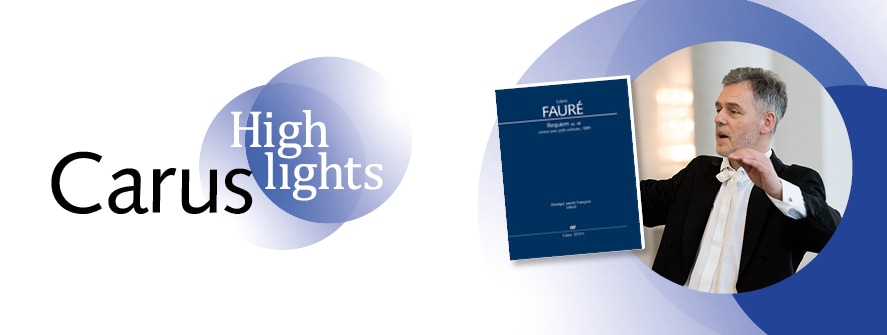
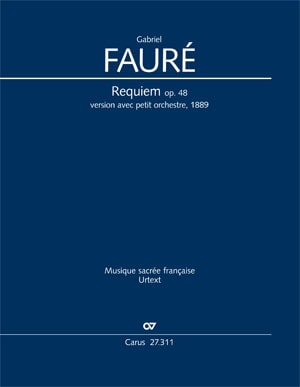
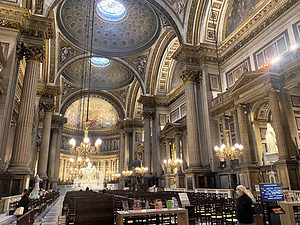
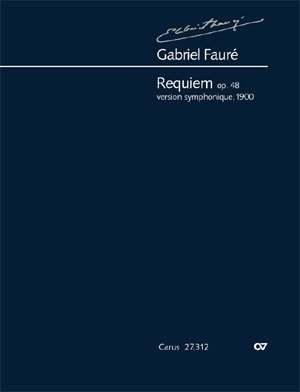
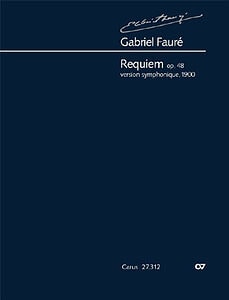
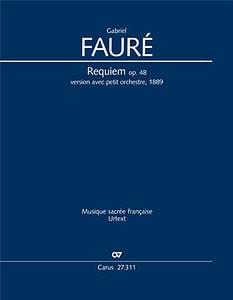
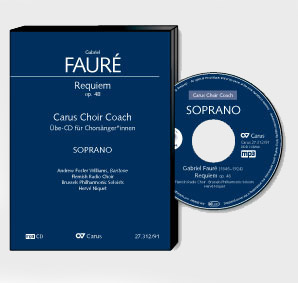
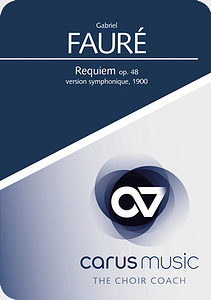
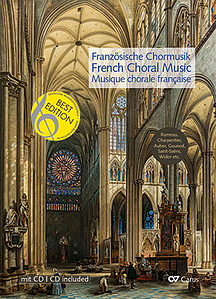
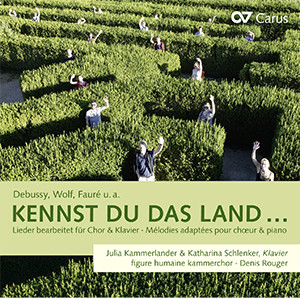
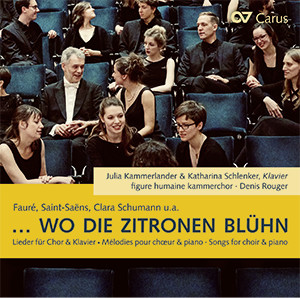
 (c) Heinz Bunse - https://www.flickr.com/photos/buffo400/33658694355 cc by-sa-2.0
(c) Heinz Bunse - https://www.flickr.com/photos/buffo400/33658694355 cc by-sa-2.0
Leave a Reply
Want to join the discussion?Feel free to contribute!